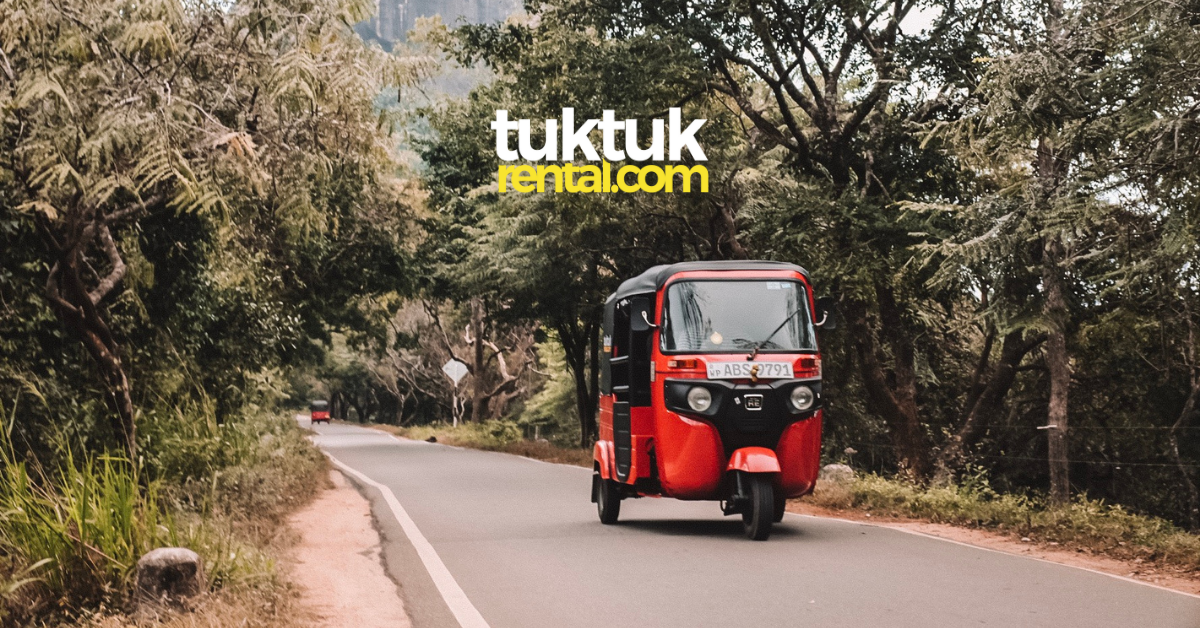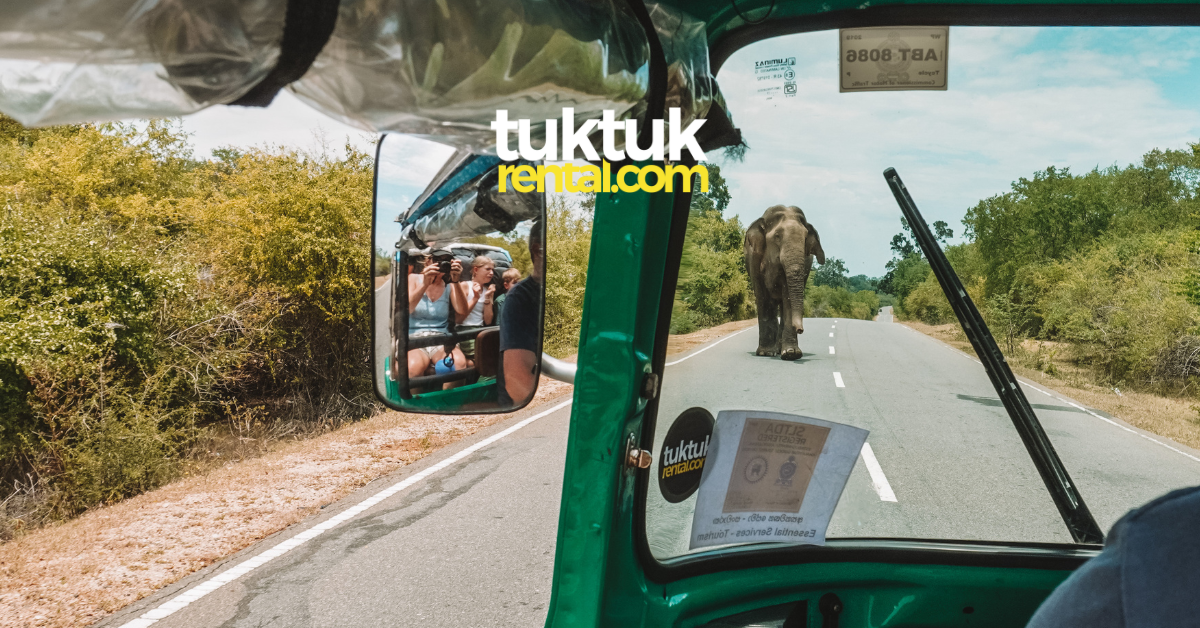TukTuks – What are they, and where did they come from?
Since the days of Derek ‘Del Boy’ Trotter and his somewhat archaic Reliant Robin, three-wheelers in the West have had a dubious reputation. Post-war Italy dabbled with the Piaggio Ape as a cheap means of moving goods, and sometimes people through its narrow, cobbled streets. The advent of mass produced, affordable cars however, soon lay rest to this dream. Throw in a couple more failed start-ups from the 70’s & 80’s (A Sinclair C-5, anyone?), and the notion of three-wheeled travel was practically dead and buried.
Move yourself a quarter of the way round the world, however, and you’ll find a rather different story being told. Known as the Auto Rickshaw in India, the Baby taxi in Bangladesh and the Bemo in Bali, Asia definitely has developed a certain affinity for three-wheeled travel. Some of the first three-wheelers to hit the road were exported from Japan to Thailand in the 1930s, including a donation of 20,000 second hand units by the Ministry of Posts and Telecommunications. Arguably, the first real boom took place upon the introduction of the Daihatsu Midgit, in kit form, to SE Asia in the late 50s.
Whilst an array of different makes and models exist, the Tuk-Tuk is generally identified by its pressed sheet-metal body, open frame, canvas roof and, of course, it’s three wheels. The drivers cab at the front is rarely more than a bench seat facing a set of motorbike style handle bars. Transmission generally takes the form of a 4-speed gearbox with hand clutch. A reverse gear can often be engaged using a separate lever somewhere near the driver’s right leg. Basic instrumentation includes a speedometer and fuel gauge, with some ‘high end’ models featuring luxuries such as a radio and speaker system.
Whilst some older models were powered almost exclusively by oil-guzzling, two stroke powerhouses, preference has definitely shifted towards the 4-stroke variant. Versions running on Diesel, LPG or even electric engines are by no means unheard of. Legend has it that shortly after Indian independence, a stash of Harley Davidson motorcycles were found, supposedly left behind by British troops post WWII. As the story goes, some of these engines were converted into possibly the world’s most powerful TukTuks, or ‘Phat Phatis’ as they became known! How many of these were on the streets remain unclear, but what is sure is that a 1998 piece of environmental legislation signalled the end of Harley-Tuk.
Most westerner’s experiences with TukTuks are as a passenger, navigating a strange city at break-neck speeds, with a driver often intent on delivering the unwitting tourist to his brother’s gift shop, rather than their hotel. It’s probably fair to say that, as a generalisation, TukTuks have a reputation amongst travellers as being a hotbed of tourist scams and over charging. There are, however, many more honest drivers out there than crooks, and the increased usage of meters for journeys is improving the situation rapidly. There are also a number of travellers who have successful navigated great distances in their own Three-Wheelers, with stories of people travelling from the far East back to Europe by no means unheard of.
Some of the more adventurous travellers will tell tales of how they struck a deal with a local TukTuk owner for the use of his vehicle to explore the area, on a self-drive basis. In recent years, a handful of companies throughout Asia have emerged specialising in hiring these three-wheeled wonders to tourists who are keen to get the local experience, with all of the proper paperwork taken care of. Whilst a number of these operate as standard car rental agencies, owning their own vehicles and charging customers for their usage, we have also seen some socially minded business begin to blossom.
Traditionally, TukTuk drivers are some of the lowest paid workers in their country, earning as little as $20 for a long day’s driving. Out of this, they must pay for their fuel, insurance road tax, and for the vehicle itself, as these are often obtained on a purchase hire agreement. The opportunity here, however, was to match travellers who were looking for a TukTuk of their own to drive, with one of these local owners. In doing so, the income provided by the rental would easily cover, if not exceed the driver’s regular daily wage, whilst allowing them to spend time with their families, for example.
This is the exact approach taken by Sri Lankan start-up, tuktukrental.com based in Colombo’s Mount Lavinia suburb. Australians Tom & Rich, along with Sri Lanka operations manager, Donna, have been running the venture since December 2016. Having sent over 30 travellers on the road so far, they work with a network of 8 local owners, all of whom usually drive their TukTuks to supplement their day jobs.
And perhaps this is the correct way to look at these humble three-wheelers. Not just as a literal vehicle, but also as a social vehicle. Their use as the physical movers of people and goods through some of the world’s poorest areas, has inevitably lead to the building of communities, businesses and economies. And for that, they can be commended.






2 Comments
by Results Point
We are a group of volunteers and starting a new scheme in our community.
Your website provided us with valuable information to work on. You’ve done a formidable job and our entire community
will be thankful to you.
by richardmckeon
Thanks guys! Appreciate the support!